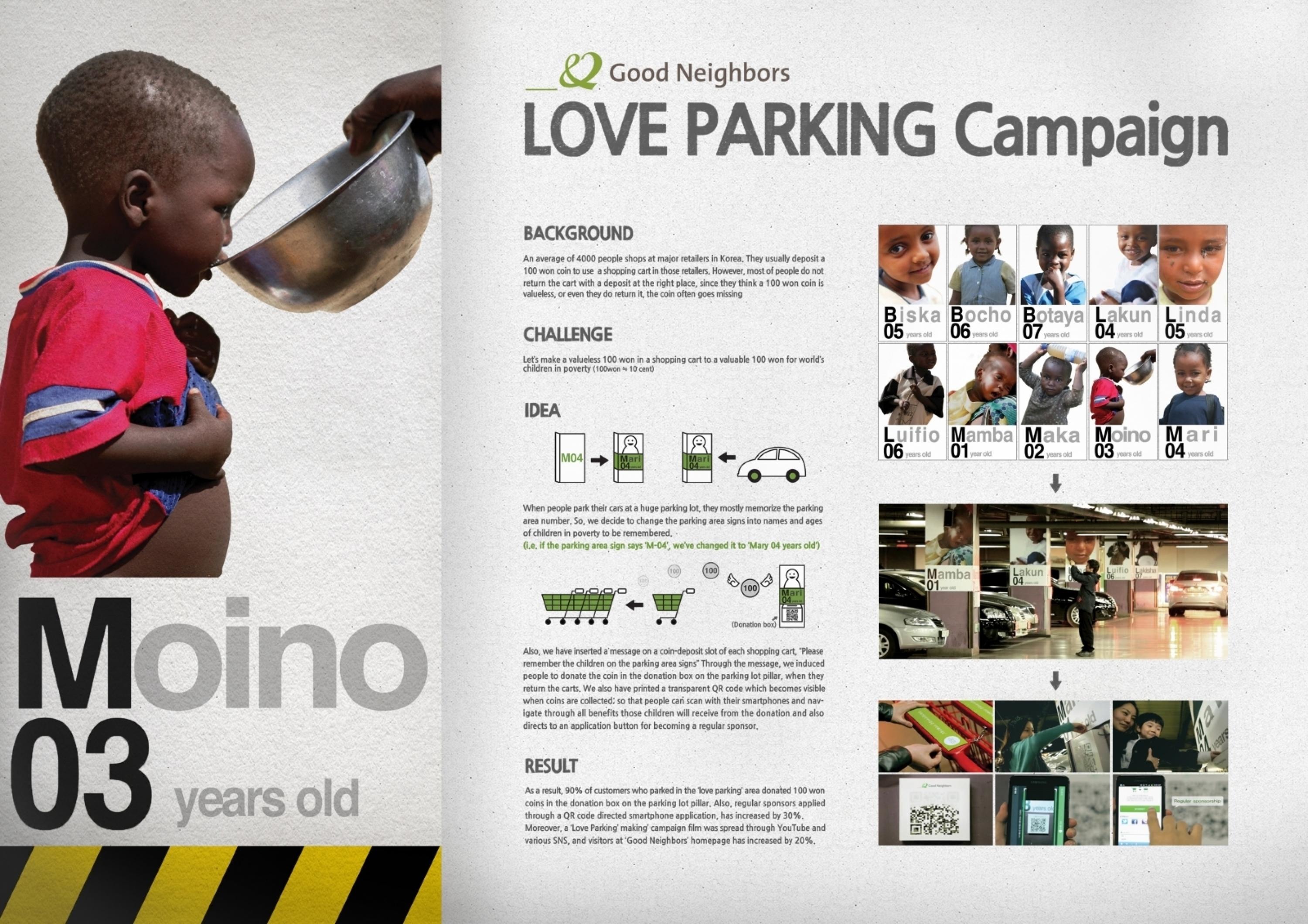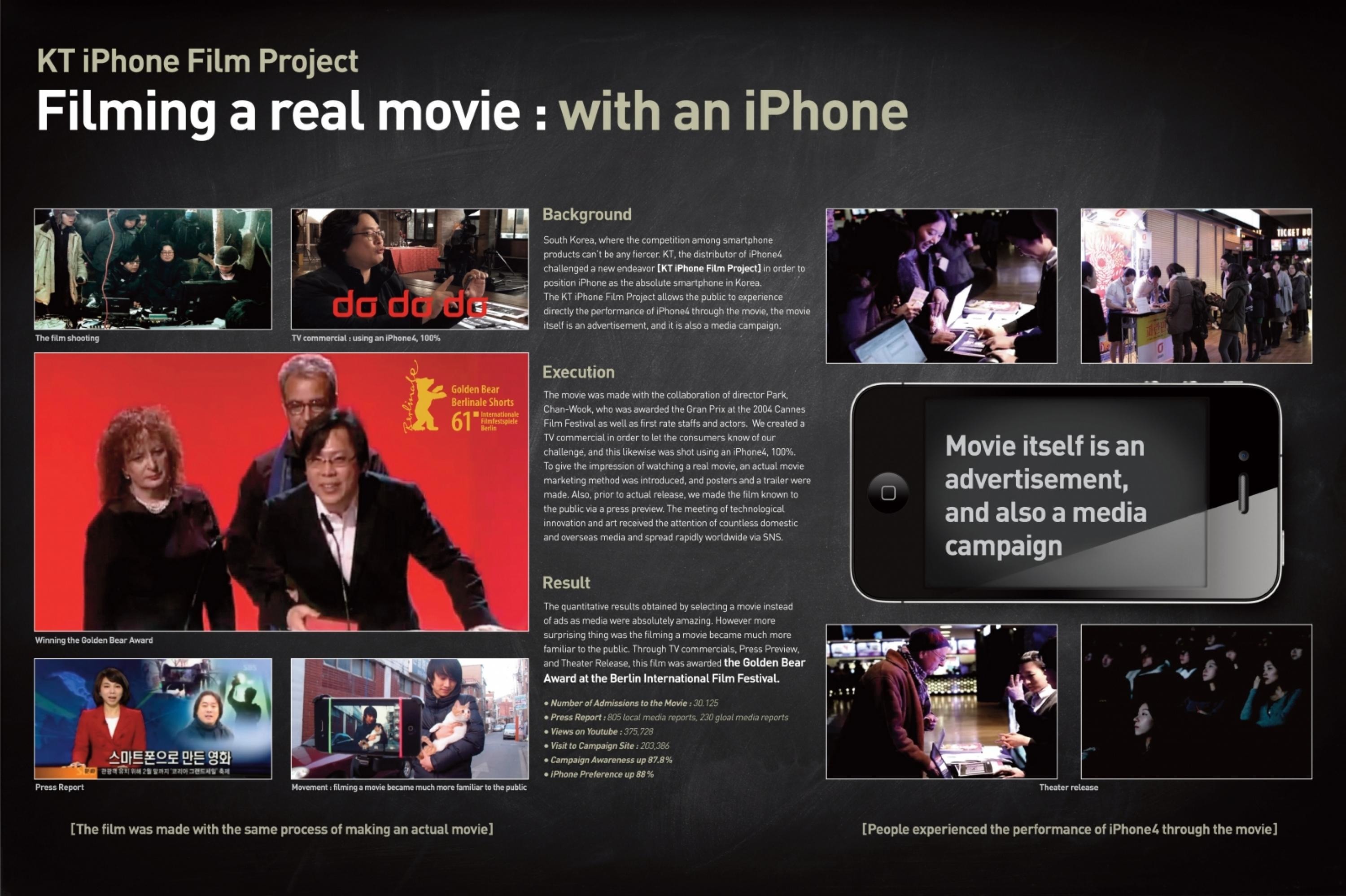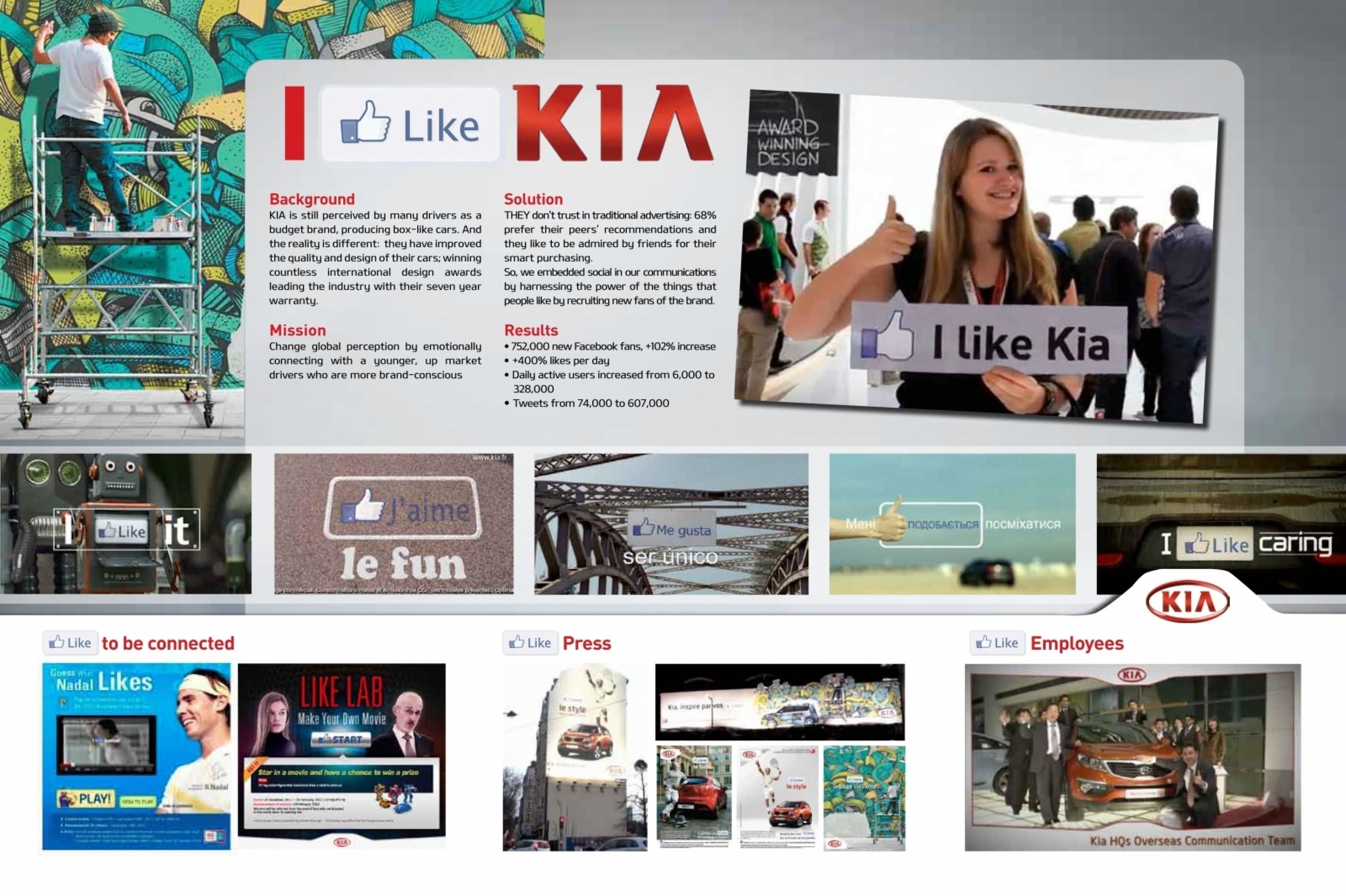Design > Digital & Interactive Design
THE QUIET TAXI
INNOCEAN WORLDWIDE, Seoul / HYUNDAI / 2019
Awards:

Overview
Credits
Overview
Background
It took 15 years for the hearing-impaired to attain rights to drive a taxi in Korea. Yet most are still oblivious to the fact. As Hyundai Motor Group dominating 90% of market share in the Korean taxi industry, it was only natural for us to turn to taxi for our next campaign.
We found the inspiration for "The Quiet Taxi" project in the back seat of Mr. Lee’s car, whose daughter had left him a letter. We were able to assist Mr. Lee, who recently became a taxi driver despite his hearing impairment, with technology that converted sounds into tactile and visual cues. With Hyundai Motor Group’s technology, the first deaf taxi travels through Seoul even at this very moment.
Production of the taxi itself and filming was completed within a budget of 440 million won, and Hyundai Motor Group’s message of ‘Freedom of Mobility’ for all was successfully delivered.
Describe the creative idea
Deaf drivers experience a much higher level of fatigue than average, because the reliance on their vision is higher. The fact that they cannot tell the direction of the sound can also cause misunderstanding and other problems on the road.
Focusing on the relatively heightened sense of sight and touch deaf drivers possess, all audio signal is detected and analyzed using audio sensors on the outside and translated into tactile and visual cues.
AVC technology visualizes external and internal audio stimuli to LED on the steering wheel, and HUD pictograms. This allows driver to accurately identify the type of sound, and where it is coming from, as well as receiving navigational information. ATC technology translates the distances to obstacles on the road through vibrations, and delivers it through the steering wheel.
Describe the execution
Hyundai Motor Group created the technology to be useful not only to the deaf, but to the rest. The HUD & Steering Wheel UX design in particular, which minimized distraction while driving, generated a large amount of interest amongst non-deaf drivers.
Pictograms used in HUD showed external sounds and navigational information in a direct, intuitive way. Sirens and horns were displayed on the HUD, with direction and distance, while distance information was delivered via vibrations to the steering wheel.
All technology used on “The Quiet Taxi” can be mass-produced, and any car can be retrofitted to function in the same way.
List the results
- Mr. Lee Dae-ho is currently driving The Quiet Taxi, and 90% of passengers have shown willingness to ride again.
- 97% of YouTube comments are positive, and is estimated to have affected Hyundai Motor Group’s brand image in a positive way. 31% of comments have directly indicated that their next vehicle purchase will be from Hyundai.
- Voluntarily exposed on personal social media and communities – 6.61 million times.
- The campaign film also made appearance organically on major news channels during prime time (KBS, SBS, etc) and was exposed on Korea's 3 biggest websites' main page. Exposed on more than 189 local publications, and 58 publications internationally.
- Deaf-driven taxi, which began with The Quiet Taxi, is now a fleet of 12.
More Entries from Digital Installations & Events in Design
24 items
More Entries from INNOCEAN WORLDWIDE
24 items











